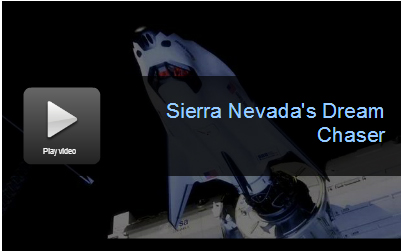By Pete Crowley
August 22, 2014
|
As Russia threatens to cut off America’s access to the International Space Station, NASA is set to approve another round of funding for American space companies working to develop a manned spaceship.
NASA has already spent $1.5 billion with SpaceX, Boeing and Sierra Nevada Corp. to help develop three distinct spaceship designs. NASA is expected to approve another $785 million over the next year as part of its Commercial Crew Program, a subsidized competition meant to end U.S. dependence on the Russian space agency. The space agency is expected to announce the winner within the next two weeks. The U.S. pays Russia about $80 million to fly an American astronaut to the International Space Station. After the U.S. imposed economic sanctions on Russia for its involvement in the Ukraine crisis, Russia threatened to stop selling its RD-180 rocket engines to the United Launch Alliance, the Boeing-Lockheed Martin joint venture that launches U.S. defense satellites. |
SpaceX CEO Elon Musk unveiled his Dragon V2 capsule in May at the SpaceX factory in Hawthorne, California.
The V2 is a manned version of the Dragon spacecraft that Space X uses to deliver cargo to the International Space Station as part of a $1.6 billion resupply contract with NASA. It would be more complicatedthan the unmanned cargo version because of the safeguards and redundancies required with manned flight.
Boeing has experience but the company’s size and many subcontractors make it cumbersome and less nimble than SpaceX. Boeing’s manned spaceship, the CST – 100 uses a capsule design similar to the dragon and would re-enter space with the help of a parachute and airbags.
The Dragon will use reverse thrusters to land “with the accuracy of a helicopter,” according to Musk, and use a parachute as backup.

Left to right: Boeing CST-100, Sierra Nevada Corporation’s Dream Chaser, Elon Musk and the SpaceX Dragon capsule.
Sierra Nevada’s Dream Chaser, which looks like a sleeker, scaled-down version of the space shuttle, is able to land on conventional runways much like its space shuttle forefathers and has an aesthetic advantage over its capsule competitors, which resemble 1970 technology.
“NASA wants to create excitement” around space exploration and a ship re-entering the atmosphere and landing at an airport is very appealing. Going with a capsule, the technology looks like you are going backwards, not forwards.”
The Dream Chaser definitely holds the better cards for advanced sexy space travel.











